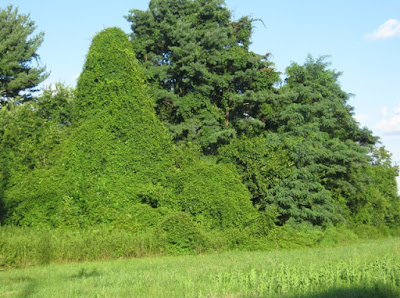 |
The impatient bumble bee (Bombus
impatiens)
the most common bumble bee in the
Eastern US
© Beatriz Moisset
|
Most people hate or fear insects with just a few exceptions. Bumble bees have enough charisma to be loved, at least by children. You find children’s books, toys, and Halloween costumes about bumble bees. Perhaps what makes them acceptable is their fuzzy roundish appearance reminiscent of a tiny bear. This positive image is reinforced by their cheerful buzzing sound and their penchant to visit flowers. This is one insect whichpeople find easy to accept in a wildlife garden.







